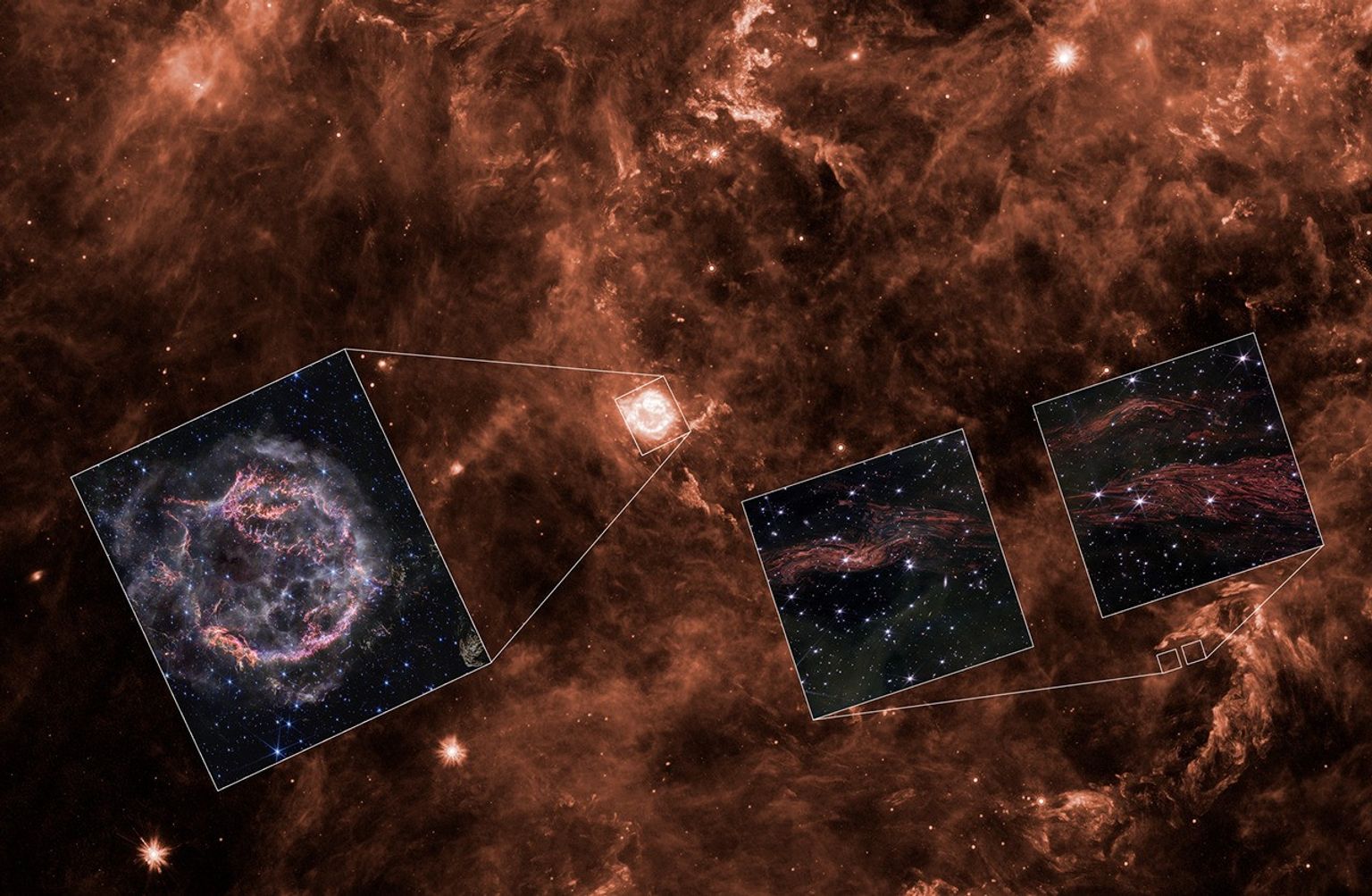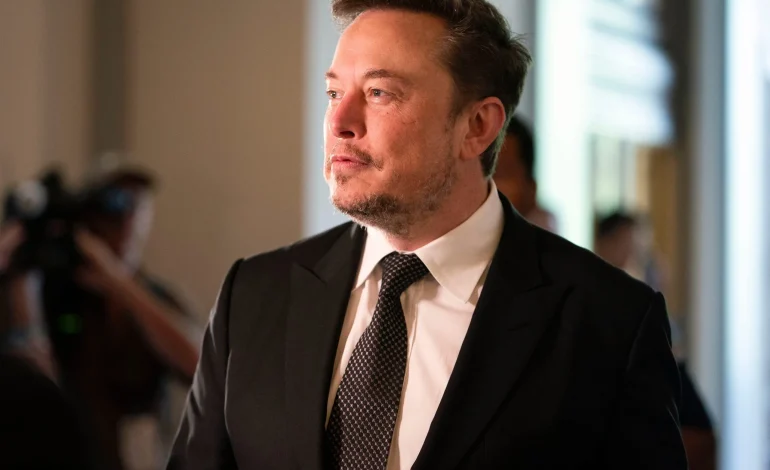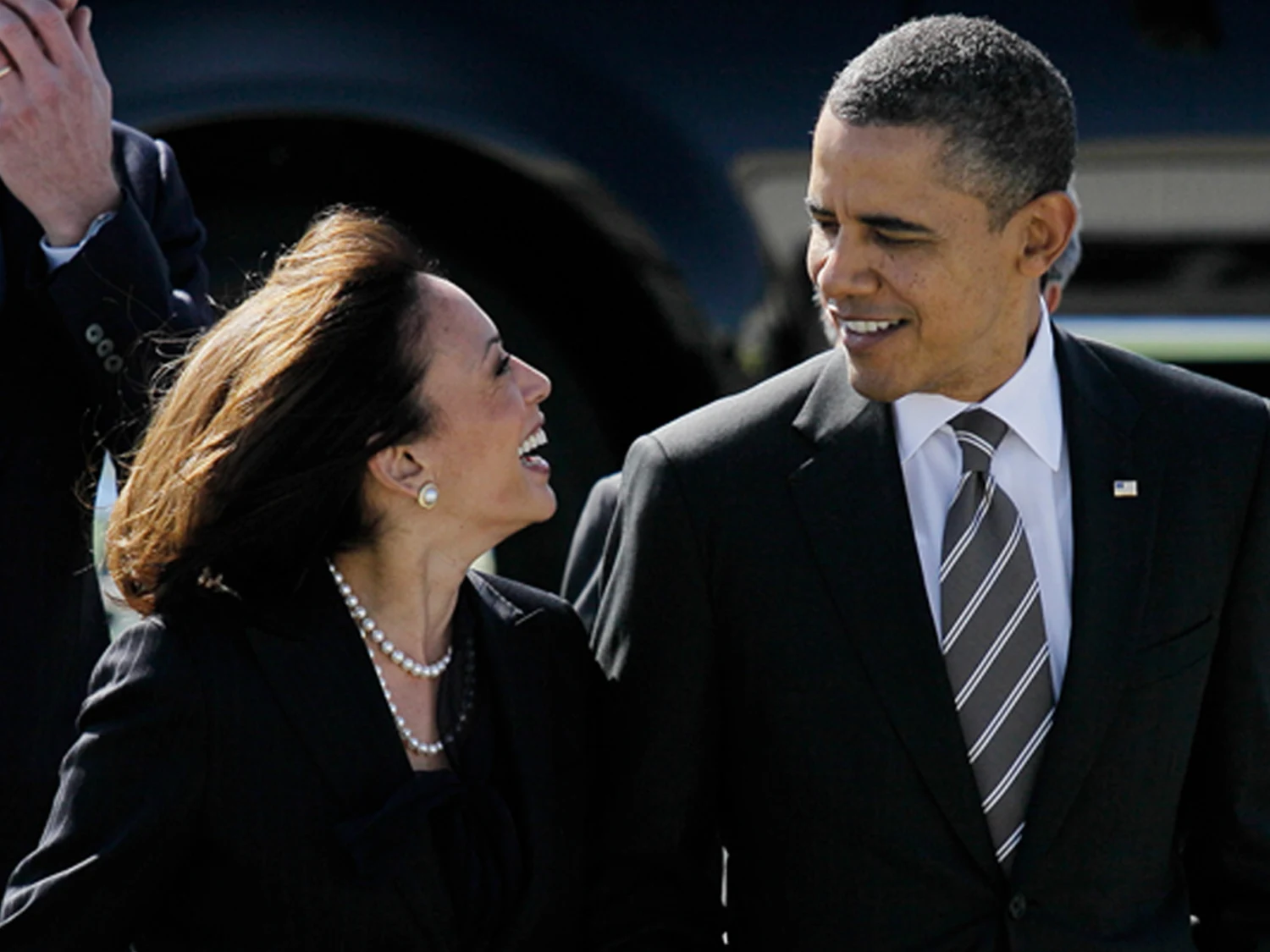President-elect Donald Trump is moving forward with a plan to end the $7,500 electric vehicle (EV) tax credit that has long been a cornerstone of US clean energy policy, USA Today reports.
The initiative, part of broader tax reform, reflects Trump’s campaign pledge to cut what he views as bloated government subsidies. This decision marks a significant shift in federal priorities under his second administration.
The elimination of the EV tax credit is expected to shake up the automotive industry. However, Tesla CEO Elon Musk, recently appointed to lead the proposed “Department of Government Efficiency,” has voiced his support for the move, demonstrating his alignment with Trump’s fiscal philosophy despite potential risks to his own companies.
Elon Musk, the world’s richest man and a vocal Trump backer, has consistently advocated for reducing government subsidies across all industries.
“Take away the subsidies. It will only help Tesla… Remove subsidies from all industries!” Musk boldly stated during Trump’s campaign.
His confidence stems from Tesla’s market dominance and efficiency, which he believes will allow it to thrive even without government support. Musk argues that removing subsidies would harm Tesla’s competitors more than it would hurt his own company.
The Trump-Musk alliance underscores a shared commitment to fiscal conservatism. As the head of the Department of Government Efficiency, Musk, alongside entrepreneur Vivek Ramaswamy, is tasked with identifying and eliminating unnecessary government spending. The department’s mandate could save taxpayers trillions of dollars while reshaping federal priorities.
While Musk champions cutting subsidies, his companies have historically benefited from substantial government contracts and incentives. Federal data reveals that since 2008, Tesla and SpaceX have received nearly $20 billion in contracts.
- Tesla, Musk’s EV and clean energy giant, has secured $41.9 million in federal contracts, including significant deals with NASA and the Department of Defense. The company has also previously benefited from government grants, tax breaks, and environmental credits.
- SpaceX, Musk’s aerospace firm, has garnered $19.8 billion in federal contracts, primarily from NASA and the Department of Defense, for its innovative and cost-effective space exploration programs.
Musk defends these figures by emphasizing his companies’ efficiency and value to the taxpayer.
“SpaceX gets no subsidies and received half as much as Boeing for astronaut transport, but did 100% of the work,” Musk stated on social media responding to critics.
Trump’s plan to end the EV tax credit aligns with his broader agenda of reducing government intervention in the private sector. By eliminating subsidies, Trump aims to foster a free-market environment that rewards innovation and efficiency. Musk’s Tesla, a dominant player in the EV market, appears well-positioned to capitalize on this transition, even as smaller competitors may struggle.
Critics, however, argue that ending the EV tax credit could slow the adoption of electric vehicles, undermining efforts to combat climate change. Proponents counter that private-sector innovation, led by companies like Tesla, will continue to drive the clean energy transition without the need for taxpayer support.
Trump’s partnership with Musk and Ramaswamy represents a bold approach to governance that prioritizes efficiency and fiscal responsibility. Musk’s willingness to accept the risks associated with cutting subsidies speaks to his confidence in his companies’ resilience and the alignment of his vision with Trump’s goals.









